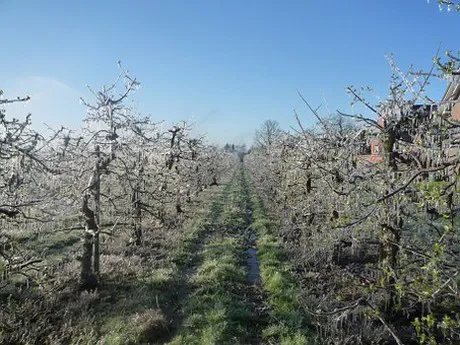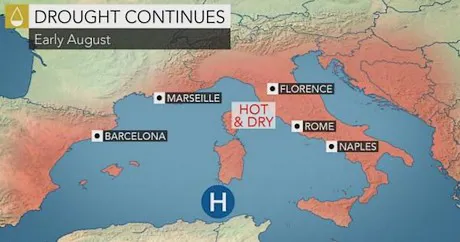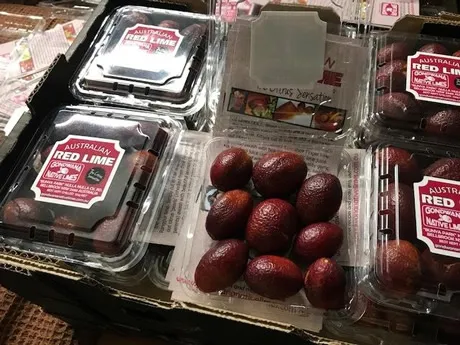
In a complete contrast to the early freeze, early summer had been extremely hot in parts of Europe as a heatwave threatened fresh produce cultivations in Southern and Eastern Europe, with Italy and the Balkans most affected. By August there were fears of shortages which would come later in the year, and possible water shortages and even drought.

The European fruit and vegetable industry was severely concerned about the impact the ongoing Brexit negotiations could have on its intra-EU trade flows.
The trade between the EU-27 and the U.K. significantly contributes to the economic stability and growth of the EU, as the EU is a significant net-exporter to the U.K with a trade flow of 3.1 mln tonnes, worth € 4 billion, with a high dependence of the U.K. on fresh produce supplied from the EU mainland.
According to a recent Rabobank assessment on the impact of the Brexit on Food and Agribusiness in Europe, fruit and vegetables will be most affected by the potential changes Brexit may have in store. As the industry is still absorbing the effects of the Russian embargo and the loss of a market of more than 2 mln tonnes, experiencing new constraints on trade flows would be detrimental and could lead to additional price pressure given market sensitivity in the fresh produce sector.

Australian red limes took the European market by storm in August when they arrived at Dutch importer Torres Tropical Fresh. The red lime is a cross between the well known Australian finger limes and the Burmese Rangpur lime. The lime is purely for the specialists in catering and food service.
In August, Mexico was hit by hurricane Franklin, little did we know we know it that the next few months were going to be dominated by hurricanes and extreme weather. Luckily hurricane Franklin wasn't as harmful or aggressive as expected. However, it did affect citrus production, as there was severe damage and many crops were lost. The hurricane hit the coast of Veracruz with rains and gusts of wind of up to 110 kilometres per hour. The hurricane's winds lost their strength but the rain kept falling. The hurricane toppled trees and caused damage to lemon, orange, and grapefruit crops, as well as power outages in various parts of the state. The hurricane also affected the region's banana, lemon, orange, and grapefruit crops the most.
